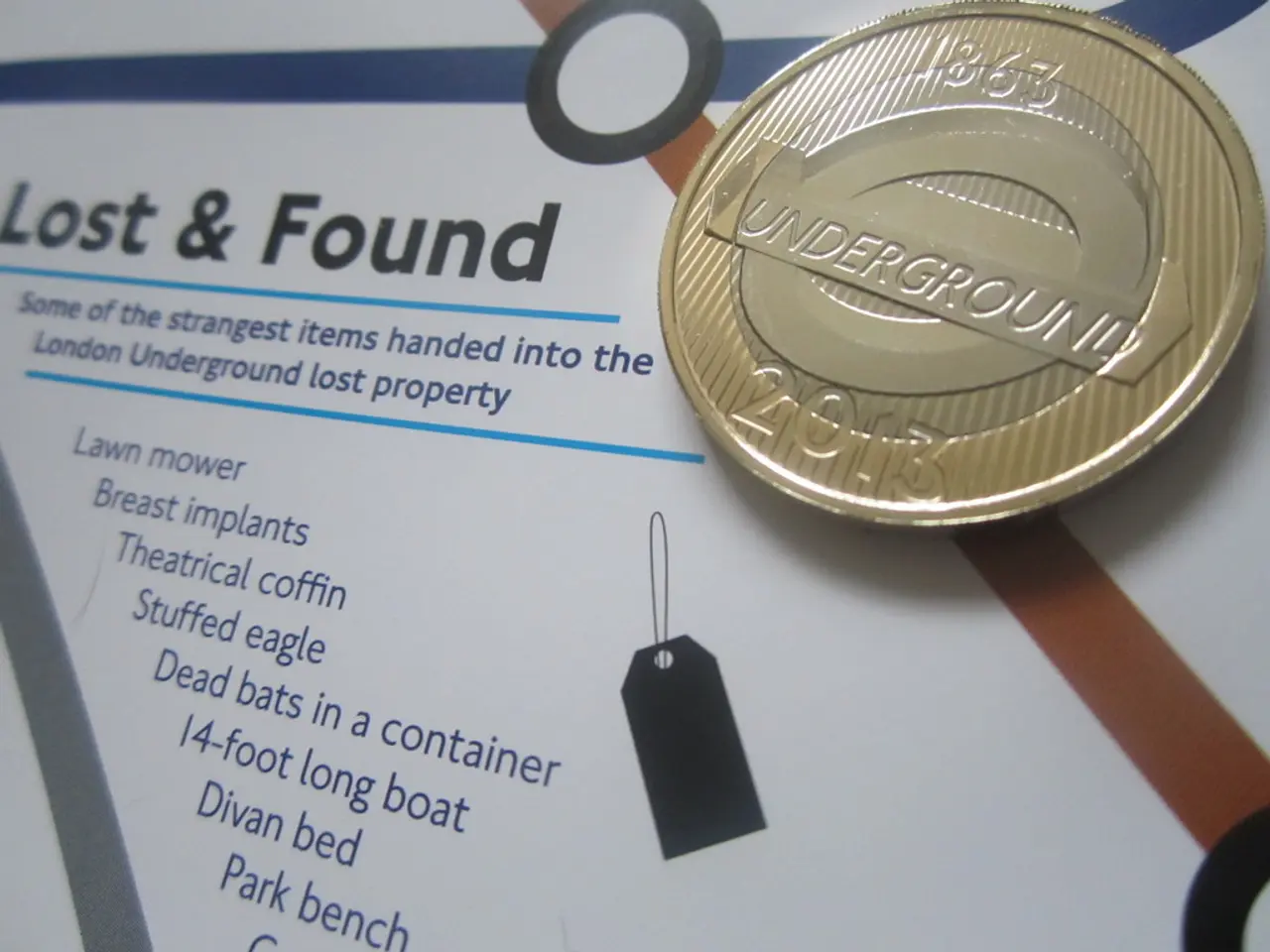Adaptation to Change Favors Agile over Waterfall Method in Indian IT Sector
In the dynamic world of IT projects, the choice between the Agile and Waterfall methodologies can significantly impact a project's success. Both methodologies have their strengths and are suited to different scenarios.
Empirical evidence and industry reports indicate higher success rates and better adaptability for Agile projects. Agile is a flexible method that works in short cycles with regular feedback, making it better for projects that need to quickly adjust to changes and involve stakeholders throughout. On the other hand, the Waterfall model, a step-by-step method used in IT projects, works best when project requirements are clear from the start and do not change much, and when stakeholder involvement is minimal during execution.
The shift from the Waterfall model to the Agile model in enterprise IT is driven by market dynamics demanding faster time-to-market, the rise of digital and cloud-native technologies, and heightened customer expectations. Organizations are dependent on agile and hybrid agile programme management frameworks for technology-driven transformation.
Key factors influencing the choice include project requirements stability, flexibility and change management, customer involvement, testing strategy, project complexity and size, risk management, team structure and collaboration, and regulatory demands.
For instance, a software startup needing to add new features rapidly would prefer Agile, as seen in cases where Agile teams added features easily without restarting development. In contrast, government contracts demanding stringent documentation and precise deliverables would favor Waterfall.
Cross-functional teams, consisting of business experts, technology specialists, and change management professionals, are leveraged for transformation programs. A pod-based cross-functional team construct is used to quickly form teams to serve cross-functional requirements.
Agile supports the development of IP-led solutions and enables a shift towards product-led service models through its iterative and user-focused approach. The iterative cycles enable early and regular delivery of working software, allowing for continuous improvement and ongoing client engagement.
Waterfall still makes sense for certain projects, particularly those with stable requirements, complex regulatory environments, or large-scale initiatives. Its thorough documentation practices provide stability and clarity essential for the success of projects with complex requirements.
Siddhartha Tipnis, Partner and Tech Sector Leader at Deloitte India, stated that agile and hybrid agile frameworks are crucial for today's transformation programs. Shailesh Muvera, Senior Principal Analyst at Gartner, stated that factors like the stability of project requirements, desired stakeholder involvement, regulatory compliance needs, and project complexity drive the choice between the two delivery models.
Joseph Anantharaju, Co-Chairman and CEO of Happiest Minds Technologies, a "born digital, born agile" company, mentioned that currently, 95-96% of Happiest Minds' revenues come from Agile-based projects. Agile's iterative approach typically leads to greater client satisfaction and a higher probability of achieving desired outcomes.
In summary, the decision is context-dependent, balancing the need for flexibility, speed, customer involvement, risk mitigation, and regulatory demands to select the methodology that aligns best with the project's characteristics.
- In the business world, the preference for Agile over Waterfall in technology projects is driven by factors like faster time-to-market, the rise of digital and cloud-native technologies, and heightened customer expectations.
- Organizations rely on agile and hybrid agile programme management frameworks for technology-driven transformation, as Agile supports the development of IP-led solutions and enables a shift towards product-led service models.
- For certain projects, Waterfall, with its thorough documentation practices, provides stability and clarity essential for the success of projects with complex requirements, particularly those with stable requirements, complex regulatory environments, or large-scale initiatives.
- The choice between Agile and Waterfall methodologies is context-dependent, balancing the need for flexibility, speed, customer involvement, risk mitigation, and regulatory demands to select the methodology that aligns best with the project's characteristics.




